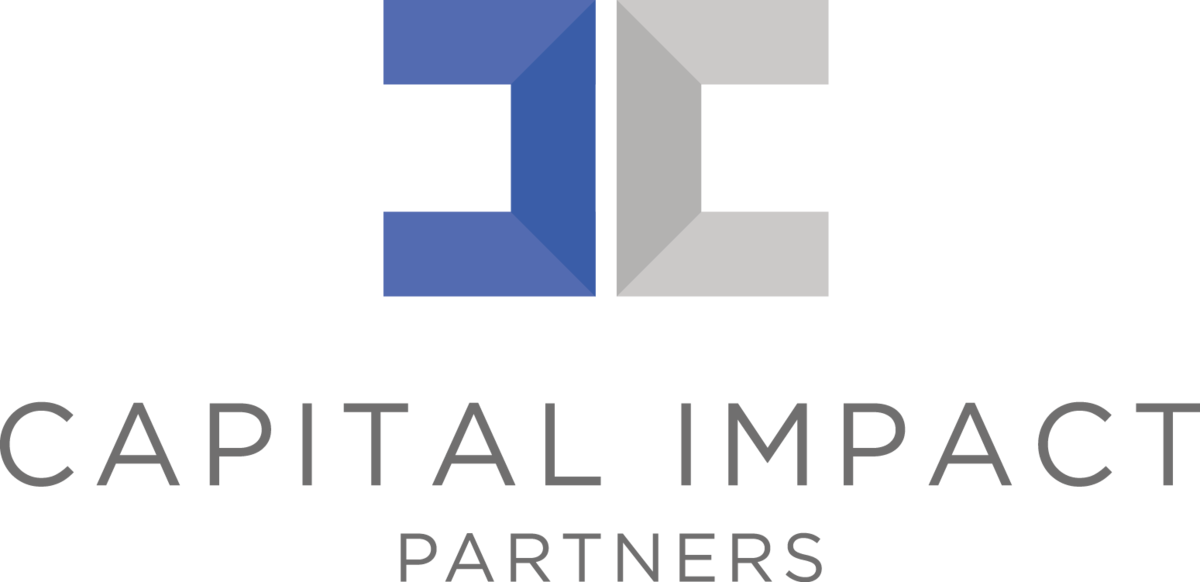A preliminary capital budget is for the one-time costs of acquiring, renovating, or constructing the facility and is separate from the operating budget. Completing this task at the onset of planning will help you determine potential sites to visit and keep you from scouting sites beyond your reach. It will also guide your project designs and will help determine what kind of funding you’ll need. For the preliminary capital budget, you’ll estimate the total project costs and how much money your school can commit to the project. Then you can make educated decisions about financing options. For example, depending on your project’s scope and success at fundraising, you may be able to delay debt financing and save on interest expenses.
You’ll assemble the preliminary capital budget after the initial space assessment is completed because at this point you and your development team will have a reasonably good idea of how much square footage the project will require (e.g., classrooms, common areas, office spaces, etc.). You also may have addressed major site questions such as whether to purchase a new building or renovate an existing facility.
Two Sections of a Preliminary Capital Budget
The “sources” section lists all the sources of capital the charter school will use to pay for its project. Typical sources include cash on hand, funds raised from individual donors or corporations, foundation or government grants, and loans.
The “uses” section lists total cost for project, such as architect and engineering fees, needs assessments, permits, environmental studies, construction costs, land/building acquisition costs, and furniture, fixtures, and equipment. The uses section is further divided into “hard” and “soft” costs. Initially, your preliminary capital budget may only have these two cost categories. Hard costs cover construction and/ or improvements to the property, including equipment and fixtures. Soft costs relate to items such as architectural fees, permits, feasibility studies, and other professional and consulting fees, and financing costs — much of which is expended during the design phase. As you put together the preliminary capital budget, these hard and soft costs will be further broken down into multiple cost categories.
Seat-of-the-Pants Approaches to Preliminary Capital Budgeting
Consider one of two approaches to developing your preliminary capital budget. The first is to pick an amount you can afford (from cash reserves, borrowing money, fundraising, or some combination of all three) and consider this as your budget. A second approach is to use your total square footage estimate, multiply that by another estimate of construction costs per square foot, add roughly 30% to cover “soft” costs and contingencies, and arrive at a preliminary capital budget figure. Both approaches may suffice to establish a “working number” for internal discussions with board members and staff. Prospective lenders and investors, however, will require more accurate estimates.
Related link in Essential Resources: Project Sources and Uses
Step 3: Project Cost Calculator will allow you to estimate both of these approaches to capital budgeting.
Legal Disclaimer:
Nothing in this material should be construed as investment, financial, brokerage, or legal advice. Moreover, the facts and circumstances relating to your particular project may result in material changes in the processes, outcomes, and expenses described herein. Consult with your own professional advisors, including your financial advisors, accountants, and attorneys, before attempting to consummate any transaction described in this material.
